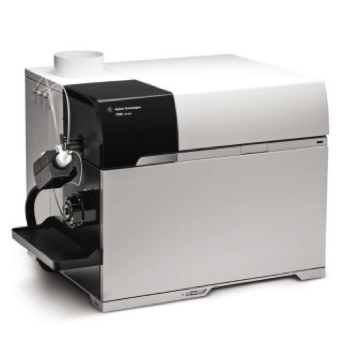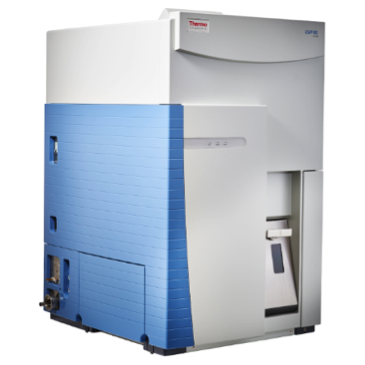October 26, 2018 -- Today we’ll be uncovering inductively coupled plasma spectroscopy. Inductively coupled plasma spectroscopy (ICP) uses optical emission spectroscopy to determine the atomic composition of samples. However, the plasma torch can also be used in connection with a mass spectrometer to make the identifications in an entirely different way.

There are multiple components that come together in this system including the sample introduction system, ICP torch, interface, vacuum system, reaction cell, mass spectrometer, and detector. In ICP, the plasma torch provides the excitation energy required to stimulate emission of photons from the sample. The torch reaches a temperature of around 6000°C and Argon plasma is produced to serve as the ion source. In ICP mass spectrometry (ICP-MS), the ionized sample created by the plasma is drawn into the intake for a mass spectrometer. This forms the basis of ICP-MS technology, which generally requires liquid or dissolved samples. It is important the liquids are in small droplets before reaching the argon plasma. For this reason, the liquid sample is typically introduced through a nebulizer. Commonly used ICP-MS nebulizers include concentric, cross-flow, and Babington. For solids, glow discharge or laser ablation can be used to produce ions. Glow discharge uses the ICP-MS plasma to sputter atoms off the sample, while laser ablation uses the concentrated energy of a laser to ionize the sample. Generally speaking, ICP-MS is the most sensitive atomic spectroscopy technique.
The two divisions within ICP-MS relate to the type of mass spectrometer used as a mass analyzer for the ions. By far the most common type is the quadrupole mass spectrometer. Many quad systems use reaction cells to improve performance by eliminating mass interferences. Other mass analyzers include magnetic section, time-of-flight, and now triple quadrupole. Magnetic sector instruments are the most sensitive variety of ICP-MS. Sector instruments are also very good at measuring isotopic abundance, something impossible for more conventional atomic spectroscopy techniques. TOF-ICP-MS provides very rapid analysis of samples, and can even measure real-time transient signals. Triple quad allows for the analysis of very complex samples with MS/MS capabilities. Also included are glow discharge mass spectrometers.

ICP-MS has a number of advantages over other techniques used for elemental analysis including atomic absorption and optical emission spectrometry. When compared to ICP-AES, ICP-MS has a much greater detection capability when employed for identical samples. This technology is excellent for trace analysis because it can detect parts per trillion for a majority of the elements. ICP-MS has the capacity to obtain isotopic information and has detection limits greater than or equal to graphite furnace atomic absorption spectroscopy. For an institution interested in using a highly productive tool with excellent detection limits for elemental analysis, ICP-MS is a smart choice. Keep an eye out for upcoming posts in our atomic spectroscopy series!
What do you think?
What other atomic spec technologies would you like to see more about? How has ICP aided in your research? Share your thoughts below!
Copyright © 2018 scienceboard.net






